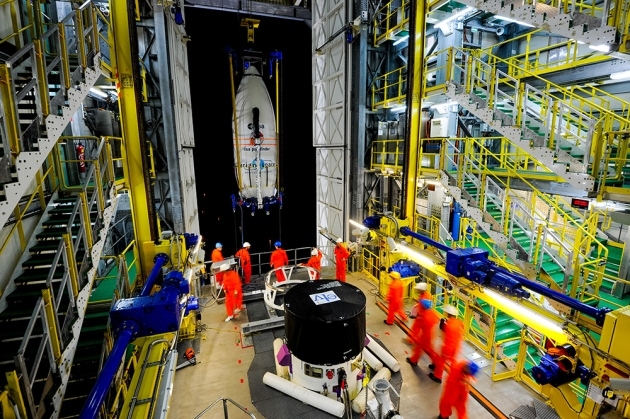US and China eye up European gravitational-wave mission

Space-based detector draws interest, but regulatory hurdles might complicate a partnership.
Elizabeth Gibney
04 May 2016
In the wake of the historic detection of gravitational waves by a terrestrial US experiment, a space-borne European effort is drawing interest from a range of parties. But although advisers to the European Space Agency (ESA) recommended increasing international contributions to the billion-euro gravitational-wave detector on 12 April, regulatory hurdles may hinder proposed partnerships with the United States and China.
In February, researchers working on the US-based Advanced Laser Interferometer Gravitational-Wave Observatory (LIGO) announced that they had detected ripples in space-time that had been produced by the merger of two black holes. The space-based observatory planned by ESA would be able to detect ripples with much lower frequencies than would be possible on Earth, bringing into view a greater variety of astronomical events, including mergers between supermassive black holes.
See full text